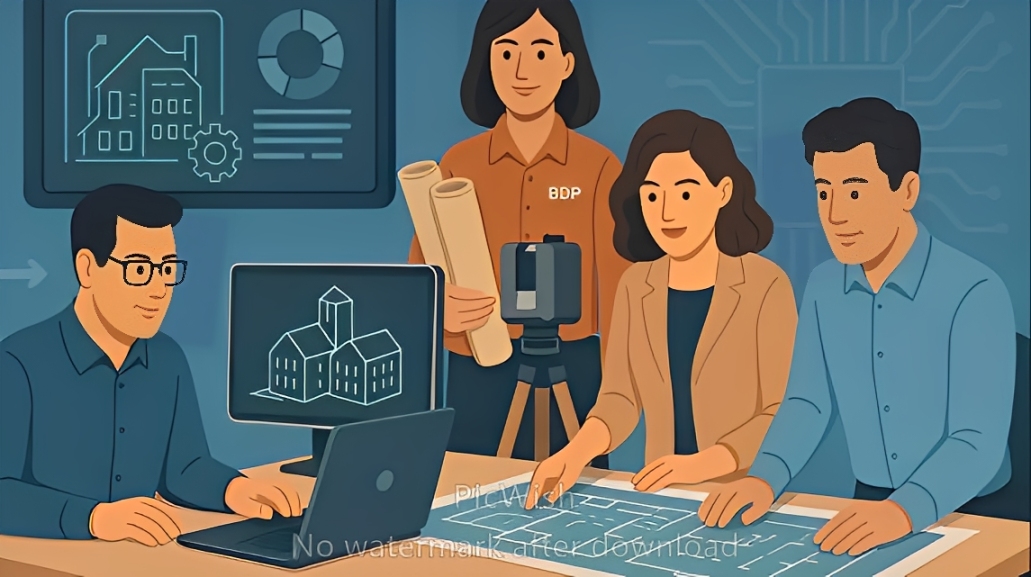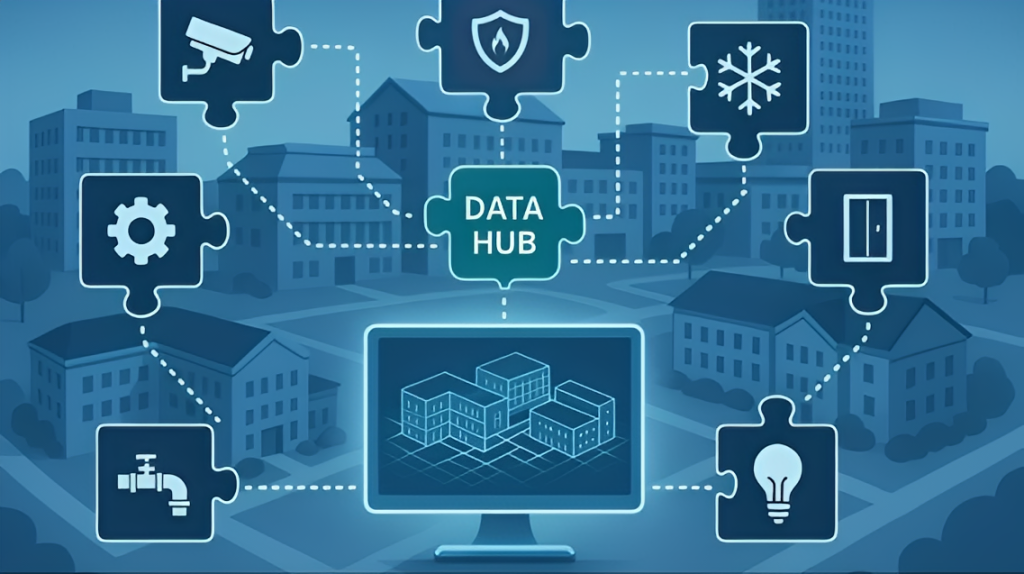Repurposing Spaces Without the Surprises

Repurposing an existing building can be an exciting opportunity to breathe new life into a space, but it’s not without its challenges. Imagine starting construction only to discover a load-bearing wall in the wrong place or utilities that don’t align with your plans. These surprises can derail your timeline, inflate your budget, and frustrate everyone involved.
The Hidden Costs of Unvalidated Data
Many projects face these issues because they rely on incomplete or outdated records instead of starting with precise building documentation. Without accurate data, early design decisions are often based on guesswork, leaving projects vulnerable to unforeseen conditions.
The Professional Solution:
3D Laser Scanning and Building Documentation.
Partnering with experts who use 3D laser scanning technology ensures you’re starting with reliable, actionable data. Here’s how it helps:
- Accurate Existing Conditions Data:Building documentation captures the true state of your space, including structural elements, utilities, and spatial constraints.
- Optimized Design Process:With 3D laser scanning, you get accurate validation of the existing conditions, allowing your design team to work confidently and efficiently.
Reduced Risk: Accurate data minimizes surprises, streamlines planning, and reduces the risk of costly delays or rework.
A Success Story
On a recent adaptive reuse project for a government facility, a 3D laser scanning process uncovered mechanical systems that weren’t included in the original blueprints. With this insight, the team adjusted the design early, avoiding what could have been a $150,000 issue during construction.
Why It Matters
Repurposing spaces is a creative and rewarding endeavor, but success depends on starting with the right data. Accurate building documentation and 3D laser scanning technology give you the confidence to make informed decisions and keep your project on track.
What’s Coming Next?
How important is accurate façade documentation for your project? In our next post, we’ll discuss how it supports preservation, compliance, and design accuracy. Don’t miss it!







